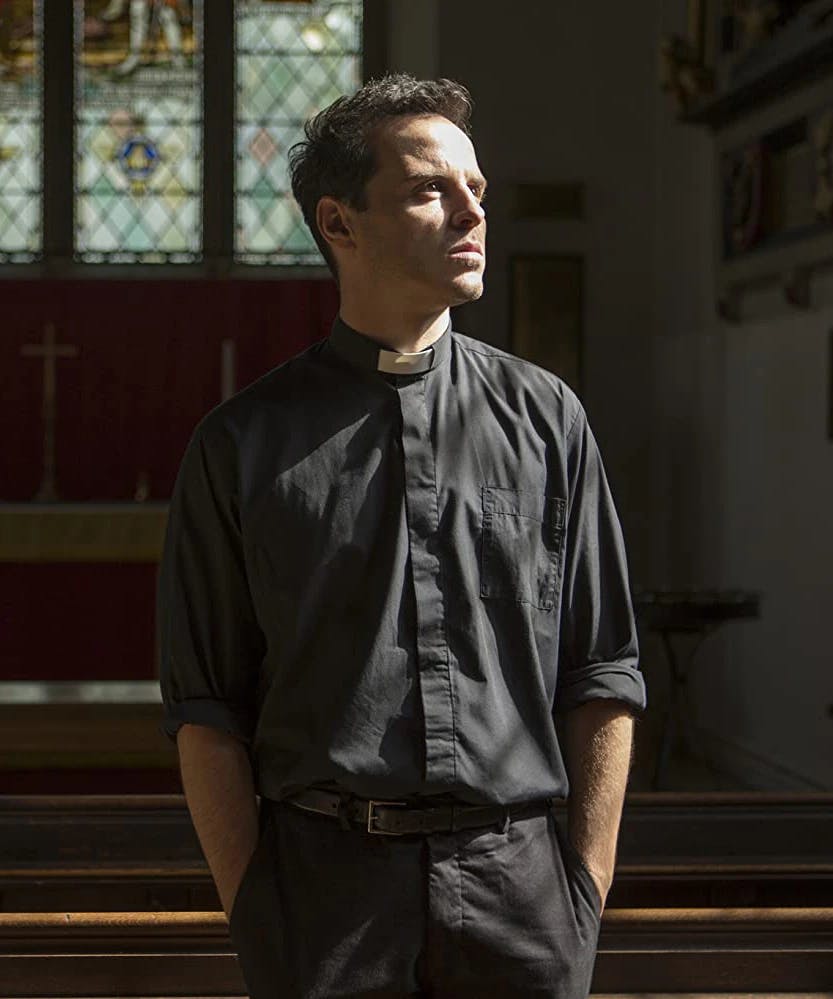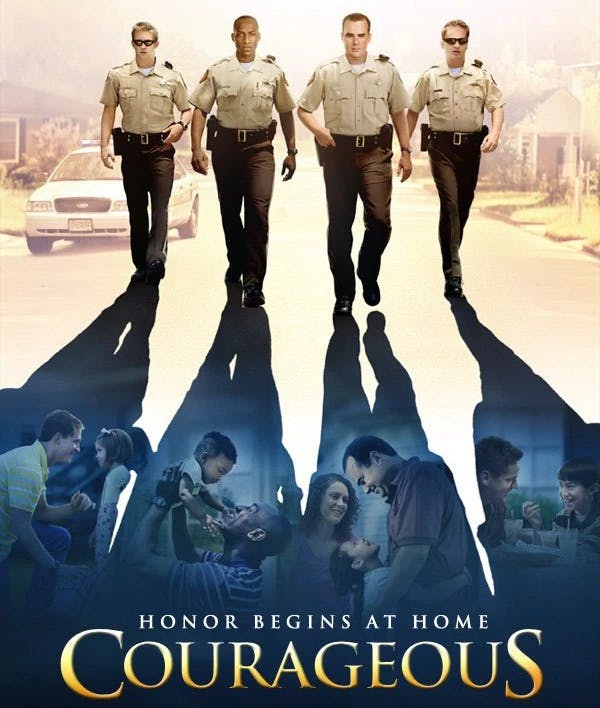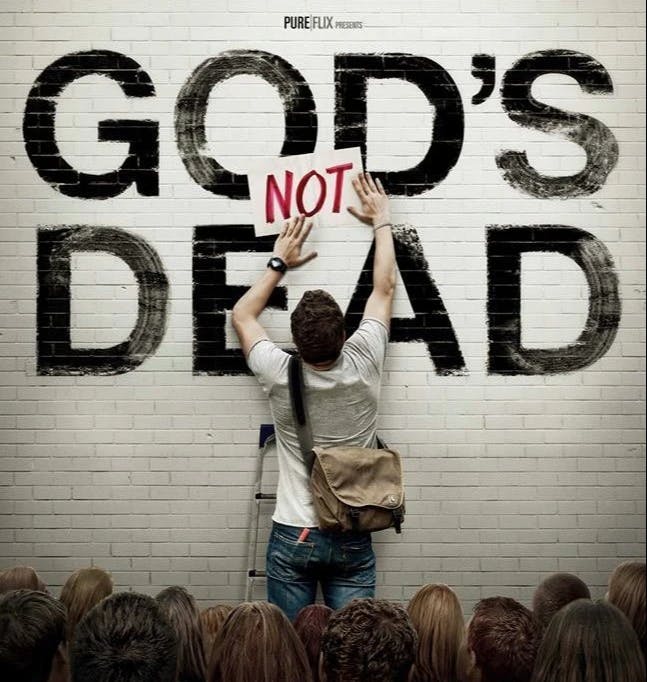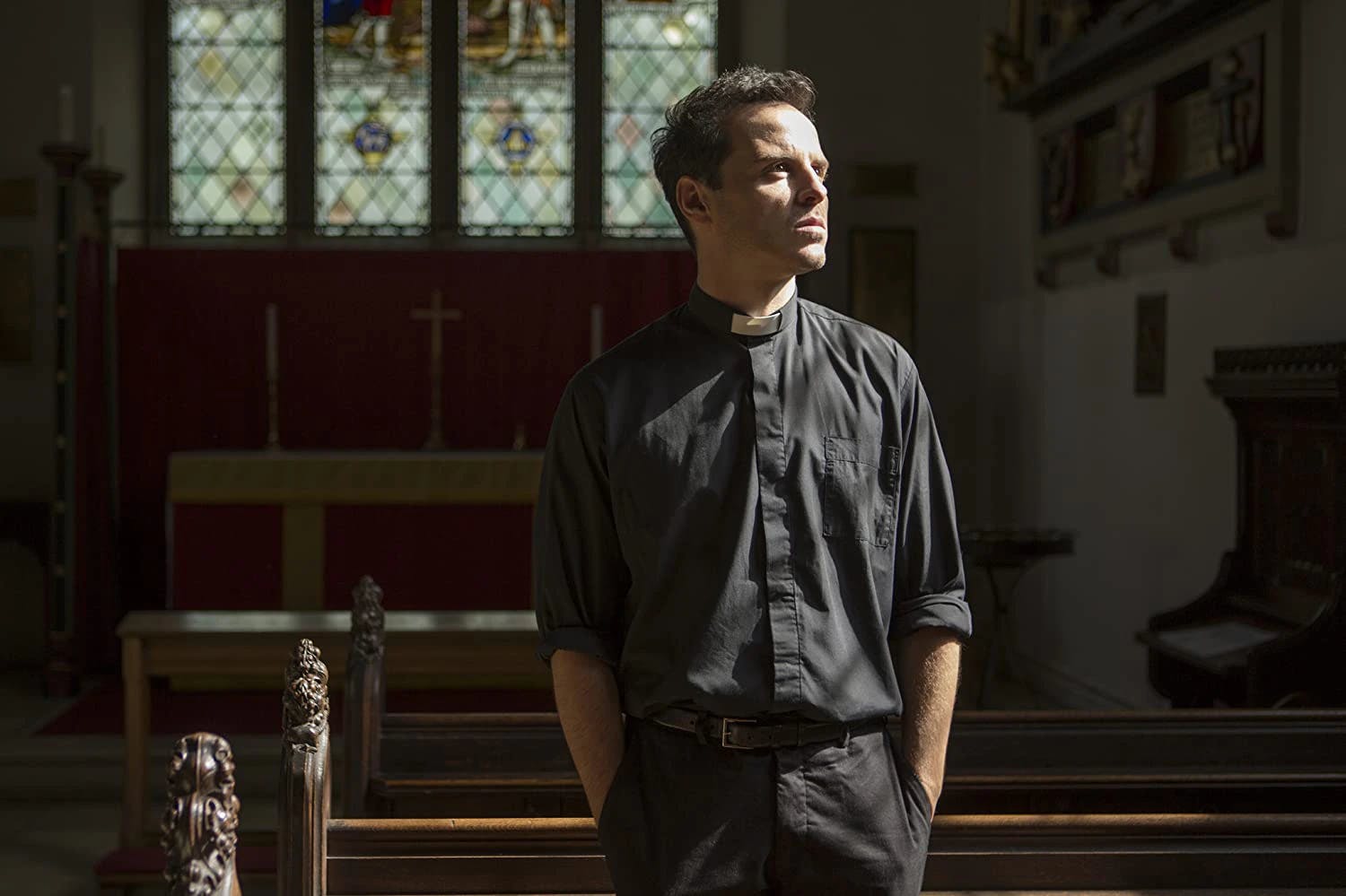Christians Aren’t That Bad, But TV Would Have You Believe Otherwise
We’ve heard the saying “representation matters.” It refers to how minority groups can find validation in how they’re portrayed in the media and pop-culture.

Though you’d be hard-pressed to describe Christians, especially in America, as a minority group in the strict sense of the definition, there seems to be a lack of presence in run-of-the-mill, everyday shows and movies. Or is there?
In recent years, there’s been a reemergence of depictions of religions (not only Christianity) across a wide spectrum of content. Hulu’s critically successful series Ramy follows a young Muslim man struggling to find his religious identity, rooted in his upbringing, amid the agenda of his own generation. Netflix’s Unorthodox chronicles the true story of a young Hasidic Jewish woman’s escape from her tight-knit religious community. In both cases, the portrayal of the respective religion is neither overwhelmingly good nor bad, but as many might agree, fairly accurate.
But with Christian characters, their faith seems to be more of a punchline than a crucial aspect of their identity.
However, for Christians, their faith seems to be more of a punchline or a plot point rather than a crucial aspect of their identity for characters. And overwhelmingly, as we’ve seen in many popular examples of media, the Christian characters act to obtain their own selfish ends, often leading to an overblown and exaggerated depiction in the process.
Christian Media Has Its Own Problems
For many Christians, representation in everyday media doesn’t matter at all. There are several prominent production companies responsible for producing content that is strictly Christian-centered or themed, most of which has been well-received.
However, as one YouTube critic has noted, Christian-motivated media and content has its own issues. Critic Josh Keefe points to several examples of low-budget, low-production content which seems to have less to do with encouraging followers of the faith and more to do with promoting worn-down stereotypes and tired tropes.

As Keefe argues, film specifically is an art form, and has the power to influence and inspire many. Yet, as many Christians might have noticed, and as Keefe surmises, “The Christian movie industry takes this art form for granted by rushing through it, which results in poor execution, leading [such movies] to come across more as Sunday sermons masquerading as movies.”

When we discuss tropes that compartmentalize and group Christians all together, we usually think of judgmental, close-minded, “Bible-thumpers,” who hate specific groups of people and target them with intensity, and are usually, for whatever reason, all Evangelical. For Christians who want to see their faith portrayed in pop-culture but without the cringiness that Christian-funded and inspired content often yields, they will most likely turn to more well-known shows and movies, which more often than not, depict Christians along those very same lines, or even worse.
The “Perfect” Married Couple
Take Marcia and Marshall Langman, a couple on the staple TV series Parks & Recreation. In one of their more well-known appearances, the Langmans, who are head of the “Society for Family Stability,” protest Leslie’s sex education seminar which teaches safe sex techniques over the Langmans’ abstinence-only policy.

Although the couple, or the entire show to be more accurate, is intended to be satirical, there’s something to be said for the way the show depicts a Christian marriage (which is the entire joke — Marshall is clearly homosexual but in denial about it).
Fictional depictions can be used to reinforce cultural narratives – some of which are inaccurate.
This specific depiction, however humorous it might be, can be used to reinforce the following narrative: Christian men who are gay marry women to cover up their sexual identities because it would be unaccepted by their communities otherwise, and Christian women are judgmental and prudish about sex and nudity (See: Jerry’s painting).
The Hot Priest Is Really Just a Bad Priest
An equally popular example comes from Amazon’s wildly successful series Fleabag, which revolves around a young woman, her family problems, and unhealthy coping mechanisms in dealing with grief, guilt, and self-hatred. Many have praised the series and its creator and star Phoebe Waller-Bridge for its very real depiction of mental health and difficult topics, but when Season 2 was released, there was a decidedly different edge to the main love interest, who soon took over the internet as “the Hot Priest.”
Fleabag crushes on, lusts after, and eventually seduces a priest who has taken a vow of chastity.
Yep, a priest. Fleabag crushes on, lusts after, and eventually seduces a priest who has taken a vow of (among other things) chastity. Though he originally begins the series as a genuine friend and confidant to the protagonist/anti-heroine, and even tells her at one point that they won’t have a sexual relationship because he’s unable to, he takes advantage of her vulnerability and lost sense of self, and they begin a romantic relationship which (spoiler alert) doesn’t last.

Amazon/Fleabag
For both viewers and the protagonist herself, the Hot Priest is “hot” and attractive because he’s unattainable and off-limits. However, the show apparently disapproves of the notion that religious vows are binding and sacred, having been undertaken by many for hundreds of years, and are able to be thrown off and on whenever it suits the base desires of the characters. Now, there’s some truth to the reality that human needs and instincts are sometimes too powerful to ignore. But as many have noticed, the priest is less representative of a good priest, or even a healthy romantic relationship, than he is predatory.
Is This Representation?
Various other examples abound. There’s Boomer from NBC’s Good Girls, one of the main villains of the first season. Weird, awkward Jamie from A Walk to Remember. The conservative, traditional Reagan clan of Blue Bloods. At some point, the question has to be asked, is this representation? Or at least, all we’re getting?

Whether it’s religious faith, gender, or race, we can’t help but internalize how we see representations of ourselves portrayed in the media. It’s often assumed that Christians are easily understandable, and therefore easily boxed into cheap, one-dimensional characters without much identity beyond declaring their faith and then proceeding to do things contrary to the teachings of Christianity.
It’s often assumed that Christians are easily understandable, and therefore easily boxed into cheap, one-dimensional characters.
In pop-culture, it’s safer to exploit a group that’s often misunderstood for the purposes of our own agendas and motivations. But very rarely is it ever completely accurate.
Closing Thoughts
Sometimes we might hear the old justification of how stereotypes exist because they’re often based in truth. Are there Christians out there who might share the similar characteristics of the most popular tropes often used to portray them? Sure. Do they comprise the hundreds of millions of followers of Jesus Christ across the world? Of course not.
For those who consider themselves Christian, it doesn’t seem like there’s a whole lot to choose from if we’re continuing to look for representation. There’s lecture-style movies made by pastors and not filmmakers, as Josh Keefe says, or inaccurate and often painful or overblown portrayals of Christians in more mainstream mediums. If we’re looking for truly accurate characterizations of the most fruitful aspects of authentic faith, maybe it’s better to look to the most realistic and inspiring faithful people in our own lives.